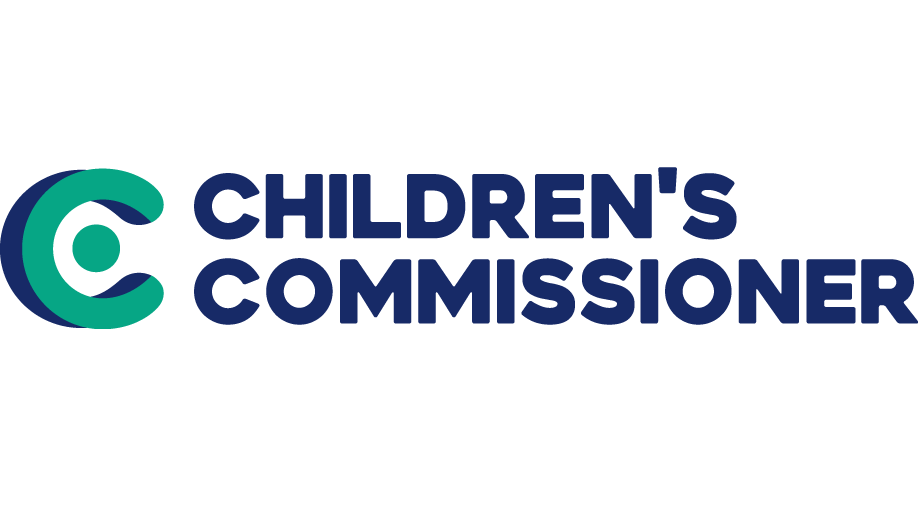Since I came into post in 2021, I have spoken to over a million children and young people across the country. The vast majority of children are happy, and feel supported by their family, school and wider community.
However, there is a growing group of children who are struggling with their mental health. This generation of children has experienced uniquely uncertain and challenging times. Some have spent some of their most formative years isolated and indoors, fearful they or their loved ones may catch a deadly virus. They have felt the squeeze of a cost-of-living crisis, and are keenly aware of the pressure their parents are under. They are constantly bombarded by negative news, of wars and climate catastrophe. An increasing number are exposed to the harmful impact of social media, cyber bullying, and online exploitation. Crucially – not all children have the support system and protective factors they need to thrive in these difficult circumstances.
Against this backdrop, it is not surprising that we continue to see the number of children experiencing poor mental health at persistently high levels. The NHS estimates that 1 in 5 children and young people aged 8 to 25 in England have a probable mental health condition. This is in line with what children told me in my The Big Ask survey back in 2021, with higher levels of poor mental health among particular groups of children – such as older teenage girls and children in care.
I do not think it is an overstatement to speak of a crisis in children’s mental health and the services needed to support them. For this reason, every year I have been in office I have published figures tracking the gap between need and spending – as seen in waiting times and other key metrics – to keep the spotlight on this issue.

